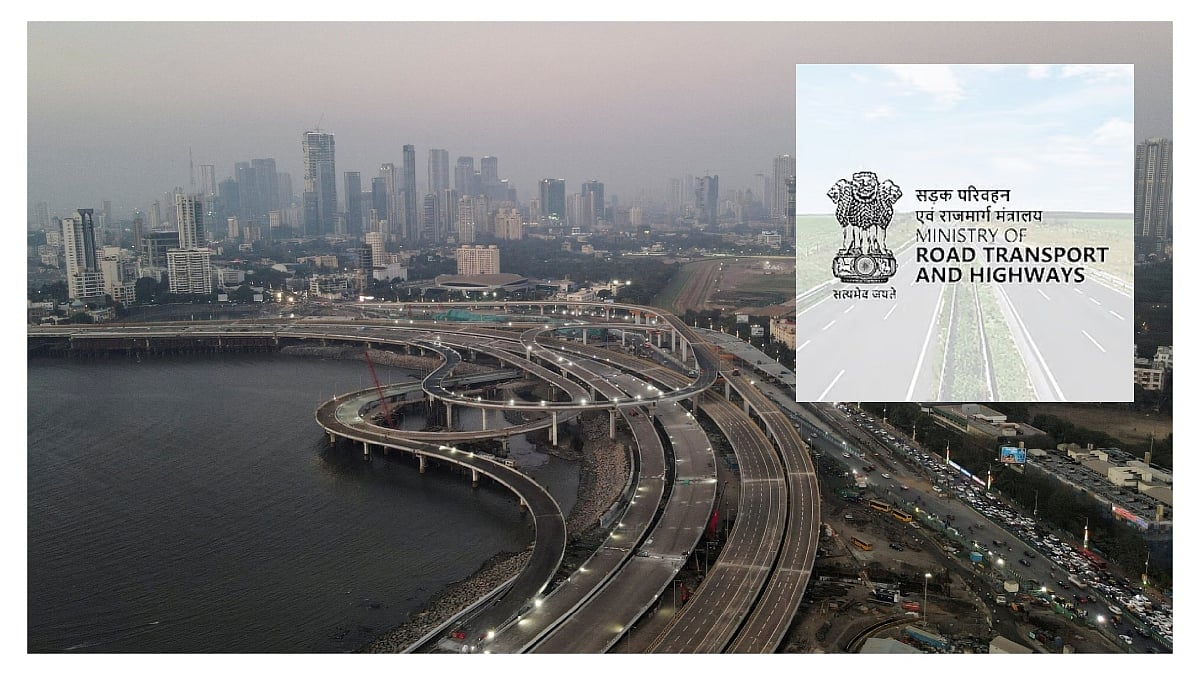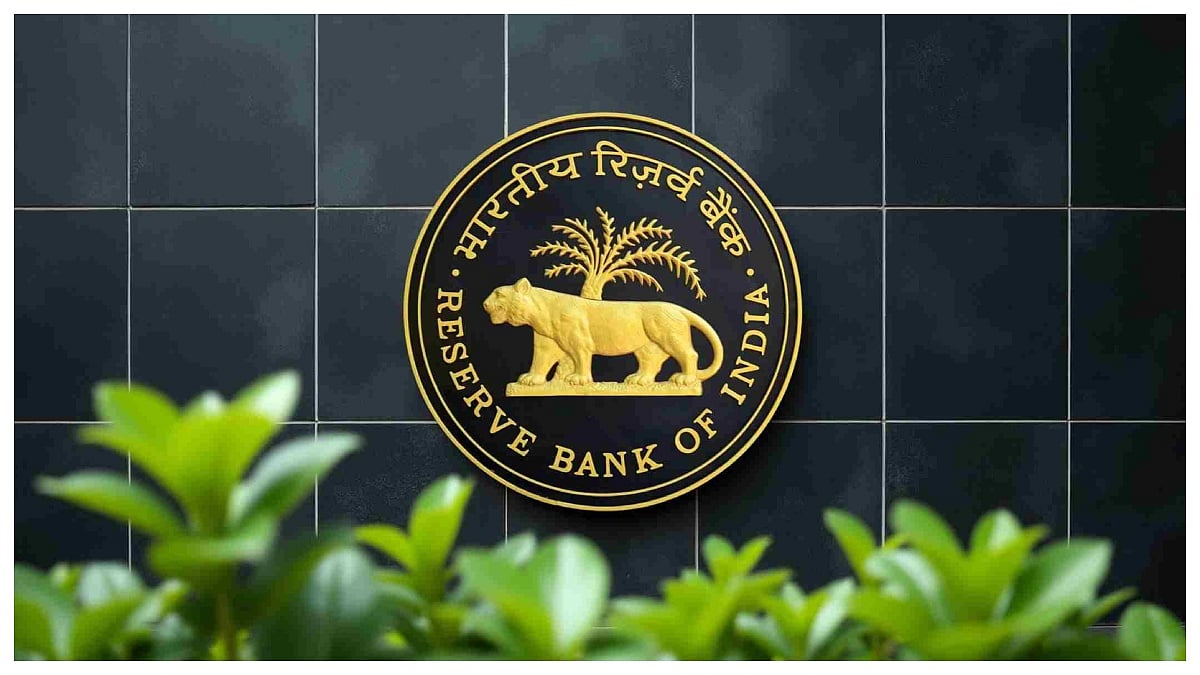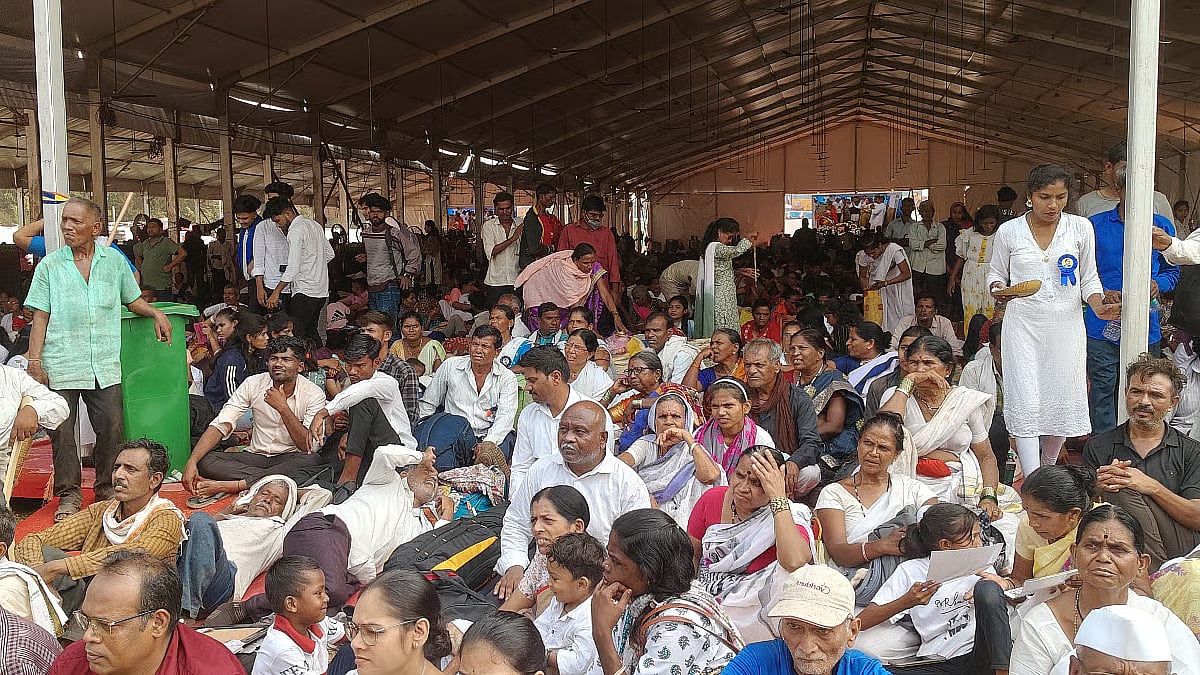In the sacred city of Ayodhya, the inauguration of the Ram Mandir, or more specifically, the Pran Pratishthapana event on January 22, has reshaped India’s spiritual landscape. As ancient traditions meld with modern aspirations, a new chapter unfolds, promising economic opportunities, cultural rejuvenation, and a tapestry of experiences for travellers. This feature unravels more on India’s spiritual tourism surge and its tremendous opportunities, while reflecting on the nation’s rich tapestry of faith, tradition, and the beckoning call of spiritual exploration.
What is spiritual tourism?
Spiritual tourism is a transformative travel experience centred around sacred or spiritually significant destinations. It transcends conventional tourism, focusing on personal growth, inner peace, and a deep connection with the divine. Travellers partake in religious rituals, visit revered sites, and immerse themselves in the spiritual practices of diverse cultures. It goes beyond sightseeing, offering a profound exploration of one’s spirituality. These journeys provide an opportunity for reflection, introspection, and a renewed sense of purpose. Spiritual tourism encompasses a wide range of activities, fostering cultural understanding and creating a unique travel experience that enriches the soul and expands one's spiritual horizons.
India’s religious tourism market, robust for centuries, has now witnessed a meteoric rise, captivating millions who embark on pilgrimages seeking solace and spiritual enlightenment. The resonance of this spiritual pulse echoes through renowned destinations like Varanasi, Amritsar, Haridwar, and the Tirupati Devasthanam temple, each witnessing a surge in record visitations during the transformative year of 2023.

As India stands on the cusp of a new era, marked by mega events like the inauguration of the holy shrine at Ayodhya in January 2024, the trajectory of spiritual tourism seems destined for unprecedented growth. The allure of sacred sites, steeped in history and spirituality, has become an economic powerhouse, generating a staggering 1.34 lakh crore rupees in revenue in 2022 alone.
Beyond rituals
Ashish Sidhra, the co-founder of Alike, a pioneering social travel marketplace, beautifully encapsulates the essence of India’s religious tourism. Beyond the physical pilgrimage to temples and the rituals performed within, Sidhra sees it as a profound journey of self-discovery. He tells us that, “India’s religious tourism is not just about visiting temples and attending rituals. It’s a journey of self-discovery, a quest for inner peace, and a chance to connect with something bigger than ourselves. This makes it so special and why it will continue attracting travellers from around the globe.” His words resonate, offering a glimpse into the deeper, transformative experiences that travelers seek amidst the spiritual landscapes of India.
Religious tourism, far from being a mere economic driver, reflects the rich tapestry of India’s spiritual heritage and its ever-evolving cultural landscape. The draw of these sacred sites lies not only in their architectural marvels or in the rituals conducted, but in the palpable sense of serenity and spiritual enrichment that visitors experience.
In the bustling ghats of Varanasi, where the Ganges River flows like a sacred artery through the city, or within the serenity of the Golden Temple in Amritsar, visitors partake in not just a physical journey but an exploration of the soul. Haridwar, where the sacred Ganges River is worshipped, and the Tirupati Devasthanam temple, where devotees throng in reverence, each site contributes to the rich mosaic of spiritual experiences.
The Ayodhya effect
The year 2023 witnessed an upsurge in pilgrimages, a testament to the deep-seated spiritual yearnings of individuals seeking solace and connection. The inauguration of the holy shrine at Ayodhya in January 2024 adds a significant chapter to this narrative. This mega event is poised to elevate India’s position on the global spiritual tourism map, symbolising an invitation for seekers worldwide to explore the depth and diversity of India’s spiritual offerings.
Giresh Kulkarni, founder of Temple Connect and International Temple Convention and Expo, outlines the positive impacts on Ayodhya’s local economy. The influx of visitors has created jobs, entrepreneurial opportunities, and a flourishing tourism sector. Reflecting on the impact of the Ram Mandir on spiritual tourism, he also foresees a humongous opportunity for exploration.
Swami Shri Govind Dev Giri Ji Maharaj envisions Ayodhya’s transformation into a major pilgrimage site. The temple’s impact goes beyond tourism, fostering unity and social harmony among different faiths. He emphasises on the fact that “Ayodhya’s rich history and culture can become a vibrant cultural hub, with the Ram Mandir promoting artistic revival.”
Spiritual commerce and cultural unity
The economic impact of religious tourism is undeniable. In a country where spirituality and commerce interweave seamlessly, the revenue generated from sacred sites plays a vital role in the nation’s economy. The government’s recognition of this potential has led to active involvement in developing pilgrimage destinations, enhancing infrastructure, and fostering faith-based travel.
As travellers from different corners of the globe set foot on this spiritual odyssey, they contribute not just to the economy but also to the cultural exchange that defines India. The evolving landscape of religious tourism becomes a conduit for cultural understanding, transcending boundaries and fostering a sense of global unity.
Final words…
As the sun sets on the temples, ghats, and spiritual centres across India, the aura of divinity lingers in the air, leaving an indelible mark on the hearts and minds of those who embark on this sacred journey. With each pilgrimage, India beckons, not merely as a destination, but as a profound experience that goes beyond the tangible, offering solace, enlightenment, and a connection to the eternal. The rise of spiritual tourism in India is not merely a trend; it is an unfolding saga of souls seeking transcendence amidst the spiritual treasures of this ancient land.
Most visited religious places
Here are the top spiritual tourism destinations in India
Varanasi
Haridwar
Rishikesh
Kedarnath
Vaishno Devi
Ayodhya
Amritsar
Tirupati
Pushkar
Shirdi
Ajmer
Shravanbelagola













